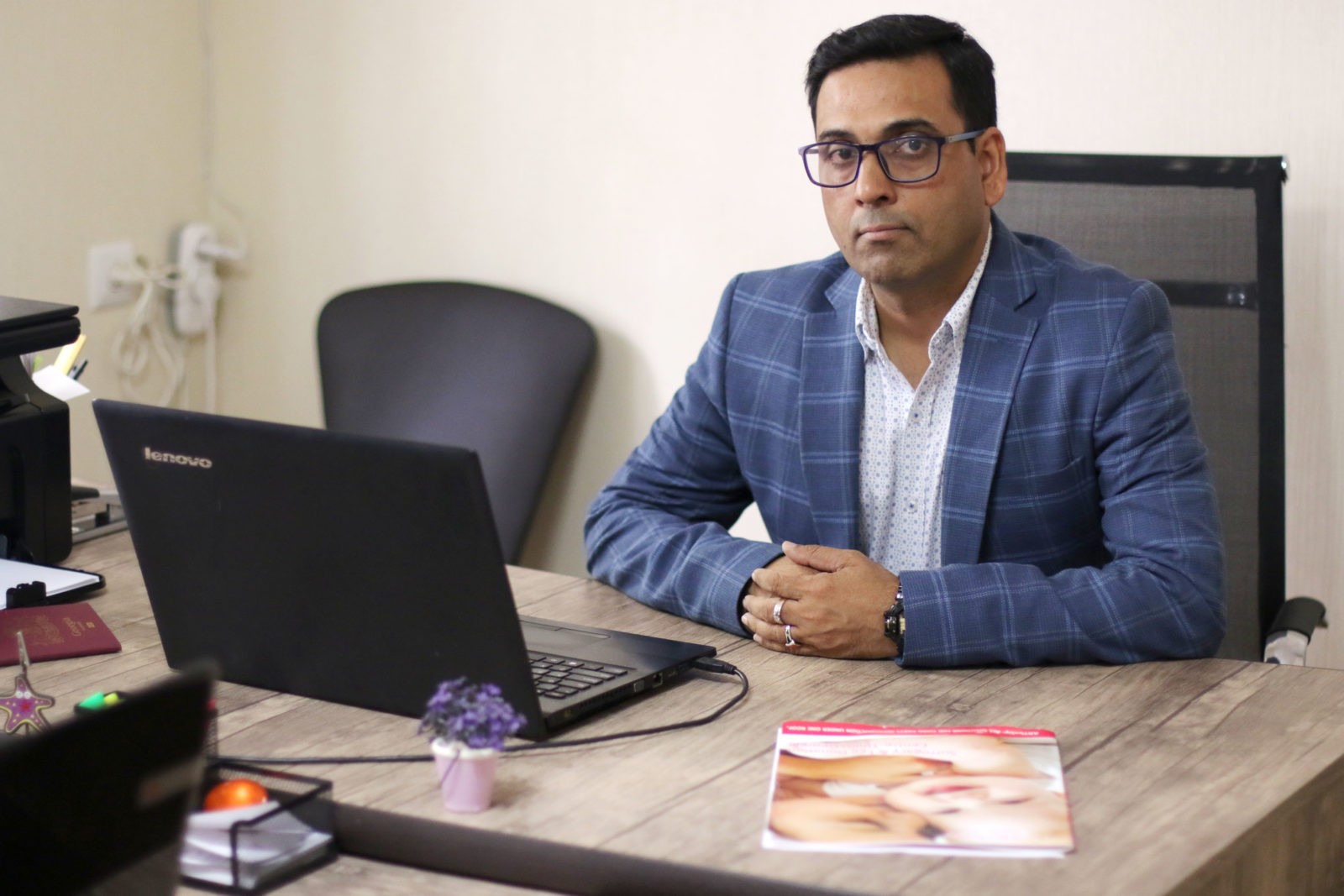The androgen deficiency is the characteristic feature of hypogonadotropic hypogonadism(HH), which delays or stops the pubertal sexual maturation.
The onset of this condition before 18 years is difficult to diagnose. Initially, it may consider as a pubertal delay.
The definite diagnosis of hypogonadotropic hypogonadism can only possible after 18 years of age of the suspected individual.
Diagnosis
An individual with 18 years or more has isolated GnRH secretion deficiency is identified as idiopathic hypogonadotropic hypogonadism.
Whereas, an individual without harelip and cleft palate, neuro-sensorial deafness, cerebellar ataxia, and renal agenesia has anosmia or hyposmia symptoms is considered as a presence of Kallmann syndrome.
The onset of symptoms varies from individual to individual. Definite diagnosis testing can confirm the condition.
Some of the clinical signs which are considered as pre- and post-pubertal hypogonadism are as follows:
| Pre- post-pubertal hypogonadism | Post-pubertal hypogonadism |
| Extremely tall stature | Normal stature |
| Size of testis smaller than 6 cm (for men) | Normal testis |
| Smaller sized penis (less than 5 cm) | Normal penis size |
| Abnormal pigmentation a Scrotal rugae | Normal Scrotal |
| Small prostate | Normal prostate |
| Less pubic hair | Less pubic hair |
| High pitch voice | Normal voice |
| Gynecomastia (in male) | Gynecomastia (in male) |
| Lack of libido | Lack of libido |
| Infertility | Infertility |
| Reduced bone density | Reduced bone density |
| Mild anemia | Mild anemia |
| Low muscle mass with increased body fat | Low muscle mass with increased body fat |
| Hot flashes | |
| Erectile dysfunction (men) | |
| Malaise | |
| Male pattern baldness |
Some laboratory-based diagnosis is performed for confirmation.
A Blood test is preferably conducted before 10 am, as it helps to access the circadian rhythm of male hormones and the result showed low levels of blood testosterone.
This is followed by other hormonal tests, including gonadotropins like Follicle Stimulating Hormone and Luteinizing Hormone levels.
The finding of low pituitary hormone levels is the confirmatory test of hypogonadotropic hypogonadism.
In Kallmann syndrome, cerebral MRI is prescribed to detect the abnormal morphology or nonexistence of the olfactory bulb.
Treatment
The treatment plan depends upon the age of the patient.
- Androgen replacement therapy helps to normalize the androgen levels. Subsequently, it also helps to develop secondary sex characteristics for a patient with hypogonadotropic hypogonadism before puberty.
- A combination of androgen replacement therapy with testosterone is the first-line drug for a male patient with hypogonadotropic hypogonadism, who have completed his family planning or no desire to have own children.
- The therapy helps to maintain libido and reverse other symptoms of hypogonadotropic hypogonadism. This therapy also prevents osteoporosis by maintaining bone health. It also upholds the overall well-being of the hypogonadotropic hypogonadism affected individuals.
- Gonadotropin therapy is recommended for male patients who did not complete their family and wish to have their children.
- Human chorionic gonadotropin alone or in combination with urinary follicle-stimulating hormone, recombinant follicle-stimulating hormone, or human menopausal gonadotropins (hMG) is prescribed.
- The dose of the prescribed hormonal therapy also differs from individual to individual.
- At the initial stage, the dose of Gonadotropic treatment is 1,000 to 2,500 international units along with isolated hCG is also recommended twice a week for 8 to 12 weeks.
- If the patient has also deficiency of the follicle-stimulating hormone, then the doctor usually recommended additional treatment of hMG with a dose of 75 to 150 IU thrice a week for a year or more depending upon the patient response.
- Follicle-stimulating hormone is essential for sperm production in men.
- Some doctors prefer recombinant FSH instead of hMG, with a dose of 150 IU thrice a week for a year or more depending upon the patient’s response. This helps in testicular growth in most of the male patients and supports spermatogenesis.
- There is two prescription recommendation for a female with hypogonadotropic hypogonadism, which is combined gonadal hormone replacement or pulsatile gonadotropin-releasing hormone.
References:
- https://www.ncbi.nlm.nih.gov/pmc/articles/PMC3583156/
- https://www.pagepress.org/journals/index.php/es/article/view/3706

Ravi Sharma is a self-motivated, successful entrepreneur and has a solid experience in the fertility segment. and he is the director at ARTbaby Global (ARThealthcare). He is a pharmacy graduate with post-graduation in business administration and has 14 years of rich experience in the field of infertility segment. He loves to write about IVF, Surrogacy, and other ART (assisted reproductive technology) news, issues, and updates. He is a Pharmacy graduate (B. Pharm) and M.B.A (marketing).
His most recent success includes the successful launch of the medical tourism company, ARTbaby, which offers treatment options for infertility, egg donation, and surrogacy. He likes spending time with his family and writing about various aspects of IVF surrogacy and donating eggs.
